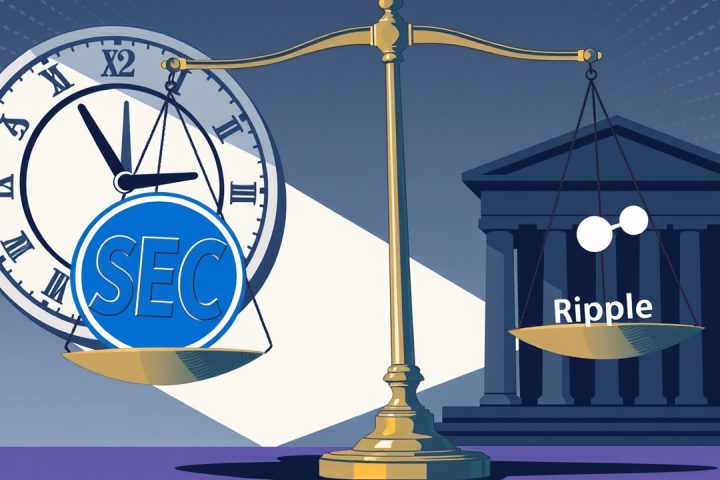New Guidelines for Virtual Currency Protection
The New York State Department of Financial Services (DFS) has unveiled a new set of guidelines aimed at strengthening the protection of customer assets in the domain of virtual currencies, especially concerning insolvency situations. This updated directive replaces an earlier version that was issued on January 23, 2023, and seeks to provide enhanced clarity on various essential aspects, including the role of sub-custodians.
Clarification of Expectations
In a letter to industry players dated September 30, DFS Superintendent Adrienne A. Harris indicated that the guidance serves to clarify the expectations for virtual currency entities (VCEs) regarding the management of their asset custody frameworks, ensuring they align with regulatory standards. Harris, who is set to depart the DFS in October, highlighted the importance of the department’s longstanding commitment to consumer protection and the regulation of digital assets, a framework that has been in place since 2015.
“The Department’s pioneering regulatory standards have established defined expectations to safeguard consumers in New York, reflecting our adaptability to new challenges in the marketplace,” Harris remarked, noting the essential function of guidance documents in addressing evolving conditions.
Sub-Custodian Arrangements
The latest guidance specifically addresses the complexities surrounding sub-custodian arrangements within the digital asset sector. It mandates that any VCE engaging in a sub-custody agreement with an external entity must seek prior approval from the DFS. When considering such approvals, the department expects thorough risk assessments from the VCEs alongside the proposed service contracts with sub-custodians.
Customer Protection Measures
Crucially, the guidelines stipulate that these contracts must include robust measures for customer protection. They require that all customer virtual currency be kept separate from the proprietary assets of both the VCE and the sub-custodian, ensuring that these assets are safeguarded effectively in any insolvency scenario. Additionally, the agreements must clearly specify that customer virtual currency cannot be leveraged as collateral for the VCE’s own financial obligations, nor can the sub-custodian assert any lien or set-off rights against these assets, apart from standard fees and expenses.
Conclusion
These efforts by the DFS are aimed at creating a more reliable environment for virtual currency transactions, thus bolstering consumer confidence in an industry facing increasing scrutiny and regulatory demands.




